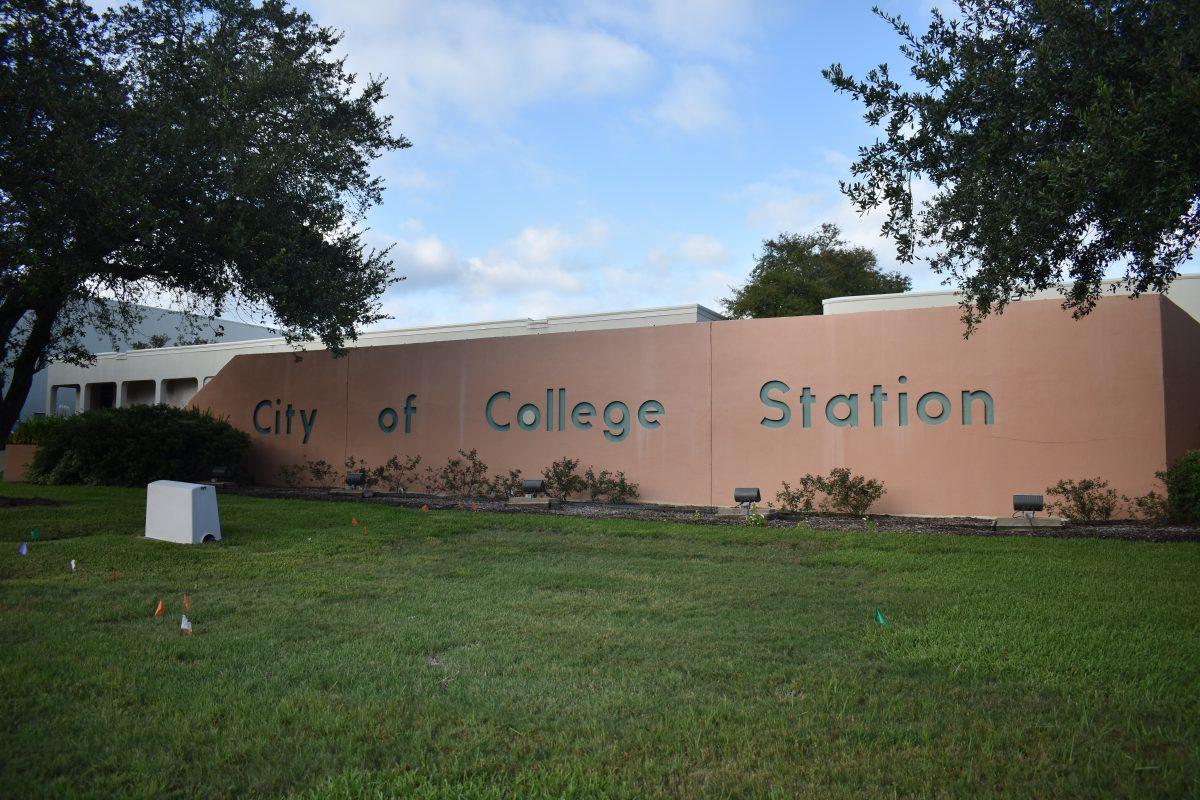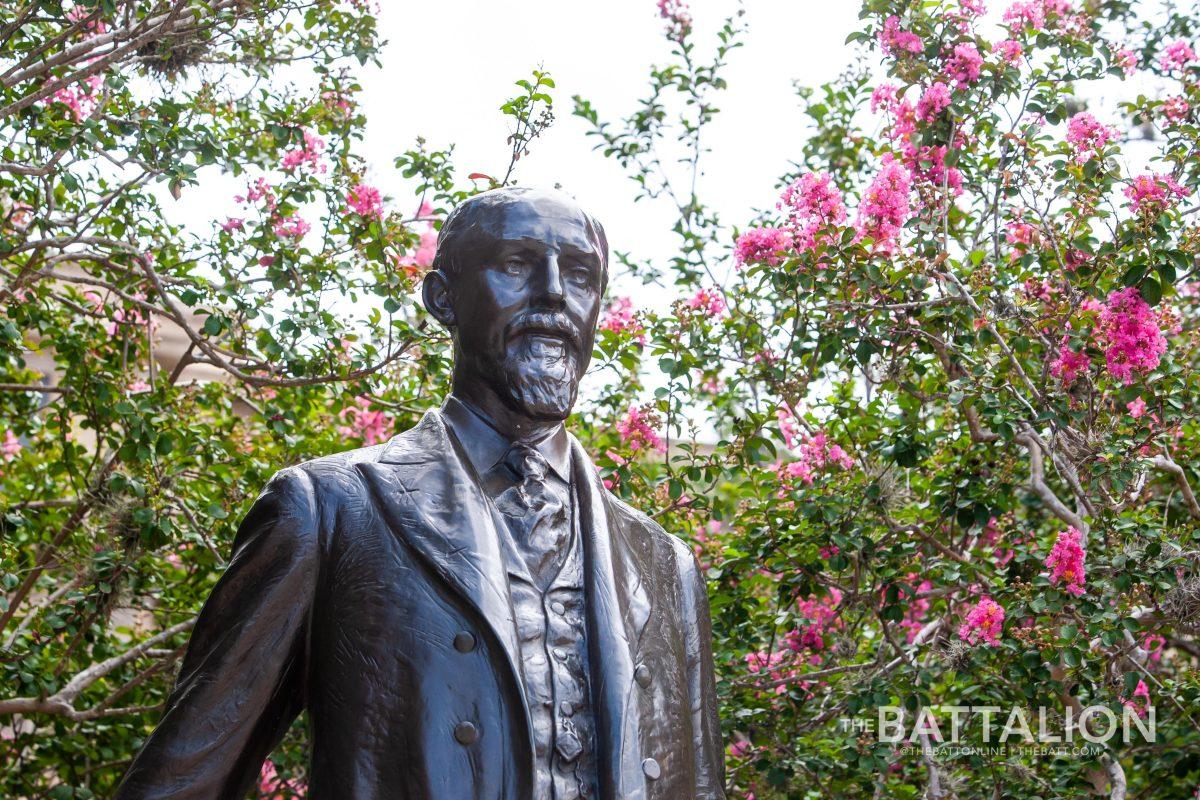The city of College Station was incorporated in 1938 to better serve students and residents beginning to locate around the Agricultural and Mechanical College of Texas. Eighty-four years later, the city of College Station continues to support Texas A&M and its students, faculty and staff in addition to those residents who choose to make College Station their home. As was the case in 1938, the city continues to provide students and the A&M community with a healthy and happy place to live, work, play and attend school.
The adoption of Ordinance 38 in 1940 established the zoning code that regulates the use of land throughout the city. The city of College Station has undertaken many changes to the zoning code since its first adoption but has always had districts that separated housing by character and product type. The development pattern we see today with distinct areas of single-family and multi-family developments that largely live separately from each other is reflective of those zoning controls. Recent planning literature has analyzed these zoning practices and the impacts they have had on development patterns and communities. College Station’s current zoning districts have historically not allowed, by right, the ability to establish a variety of housing types in between suburban single-family homes and dense apartment complexes.
To that end, the city has been working on a proposal for a new zoning district that would allow a flexible mix of housing types by right, certainly offering more options for students and staff, among others. The new middle housing zoning district will allow for smaller-lot, single-family homes, duplexes, townhouses, live-work units and multiplexes, allowing developers to build a greater variety of housing types in appropriate locations throughout College Station. Not only will this increase the housing options for students, staff and faculty of the university, but it will increase housing affordability and home-ownership opportunities by allowing smaller lots with a greater diversity of housing types.
We also recognize that many students live in large, shared housing structures — often called “stealth dorms” or “Aggie Shacks”—throughout the city, including in single-family zones. One of the changes that will go alongside the new middle housing zoning district is prohibiting these uses in single-family neighborhoods while allowing them in the middle housing zoning district, as well as a few others. This restriction allows for more compatible housing types to be built within neighborhoods while giving these other products a proper place to go.
The middle housing zoning district will help a large swath of the population, including young professionals and senior [citizens]. For those of you who are about to graduate, the middle housing district offers the opportunity to enter the housing market. Senior [citizens] are our largest growing demographic in the city, and many of them want to be able to live in a house without needing to care for a larger yard. Everyone can derive benefits from the district, a unique component of the proposal. The goal with the creation of the middle housing zoning district is to redirect development pressure out of existing single-family neighborhoods, provide a zoning district that allows and encourages the pattern of growth that College Station needs and support a greater diversity of housing options in the city of College Station.
If you would like to find out more about getting involved and having your voice heard on the zoning district proposal, I invite you to fill out the survey on this website:
https://surveymonkey.com/r/CSMiddleHousing. You can also reach out to me at any time at mellis@cstx.gov or (979) 764-3570. Thank you for your participation and civic engagement.
Matthew Ellis, Class of 2022 is a Long Range Staff Planner for the city of College Station.
Letter to the Editor: Potential changes coming for housing options in College Station
August 28, 2022
Photo by Photo by Abbey Santoro
The City of College Station sign in 2020.
0
Donate to The Battalion
$2065
$5000
Contributed
Our Goal
Your donation will support the student journalists of Texas A&M University - College Station. Your contribution will allow us to purchase equipment and cover our annual website hosting costs, in addition to paying freelance staffers for their work, travel costs for coverage and more!
More to Discover















